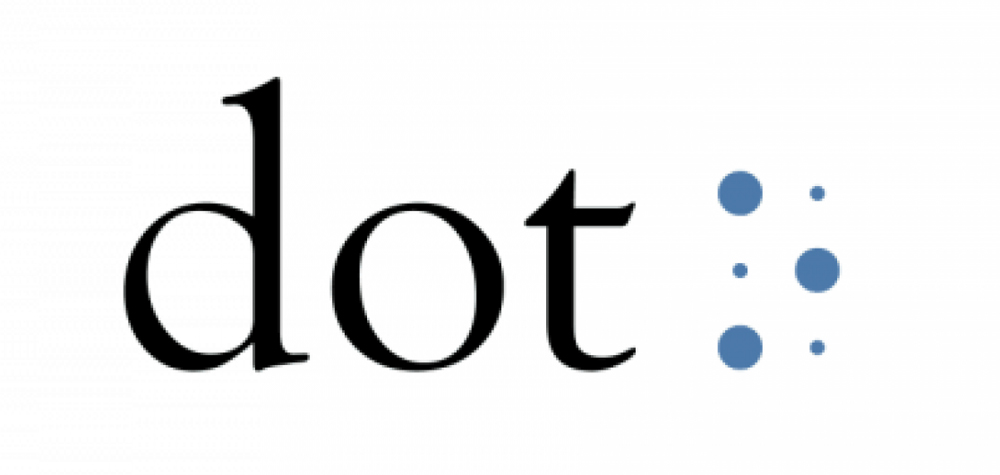The use of smartwatches has increased substantially in the recent years. Since its launch in April 2015 Apple smartwatch sales–alone–have skyrocketed to 457 percent increase last year. That is almost 4 million watches sold in less than a year.
While many of us praise the advent of information technology, there are people who recognize something different: “Every time technology moves forward we see more real-time information, but for the blind, that’s a widening discrimination gap,” said Eric Ju Yoon Kim, co-founder and CEO of Dot startup.
According to the World Health Organization, 285 million people in the world are severely, visually impaired. 39 million of these people are completely blind. Lack of access to braille education and materials imposes a serious challenge of literacy in the blind community as well as access to information. For example, a blind reader will have to endure 40 volumes of text just to read the Bible.
In response to the challenges faced by the blind, braille technology was developed about 10 years ago; condensing the physical forms of text and expanding the gateway of information to the blind. Named Active Braille Technology, this hardware for the blind consists of keyboards with attached braille cells that are connectable to the computer via USB. However, obtaining access to this computer-based Active Braille Technology can be costly. An Active Braille Technology can be purchased at around $3,000 and this figure has remained constant for the past 10 years.
Dot, a South Korean startup company, was the first to adapt active braille technology in mobile form. Compared to the previously available computer-based model, this revolutionary mobile adaptation has brought down the cost of access to $300. Now, a blind person may have access to a b
braille communication tool at a much lower cost.
In appearance, the Dot smartwatch looks like any other smartwatch on the market, except for the absence of a screen. Instead, there are four ‘cells’ with six dots on the module. These dots change accordingly to display information at a speed that can be modified and controlled. This type of information is transferred through ‘touch’ called “haptic technology”. With this fundamental technology, Dot smartwatch can be linked to any Bluetooth device to pull out information from personal text messages.
“Until now, if you got a message on iOS from your girlfriend, for example, you had to listen to Siri read it to you in that voice, which is impersonal,” said Kim in an interview with Time Magazine. “Wouldn’t you rather read it yourself and hear your girlfriend’s voice saying it in your head?”
In fact, the inception of the idea for braille smartwatches rooted from a clear mission to provide better information access to the blind. It is the hopes of Dot to “return equal information access to a demographic that has been left behind in the age of real-time digital text.”
With its team based in Seoul, Dot is currently seeking international investors to help promote its products globally. While hitting the U.S. and Canada market soon, Dot is continuing to develop new applications for braille technology, contributing to availability of braille texts in the public sector. This includes installing braille modules at train stations and ATM machines in South Korea.
Although the potential market in the public sector seems promising, Kim sees that there are challenges of broadening interest and demand for the product. According to Kim, braille literacy has decreased significantly over the past 50 years due to lack of effective education tools. Kim hopes to tackle this deeper problem by developing new devices- such as a tablet- to make complex learning possible for the blind. It may not be long before complex texts, diagrams, graphs, and mathematics may be accessible to the blind community.
In a recent TED presentation, Kim remarked, “advanced technology is important, but we need technology that gives equal opportunity and equal accessibility for the minority.” Dot’s innovation resonates with this mission.






